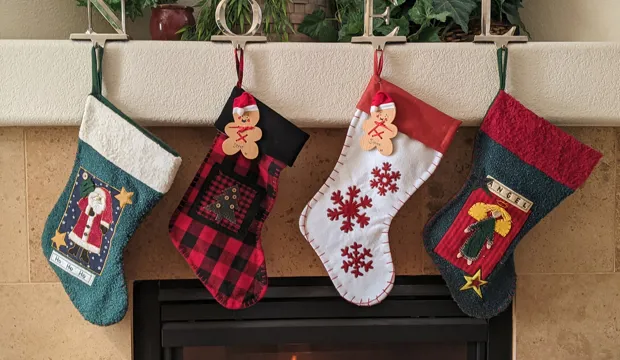
Make marshmallow
This resource shows how to make marshmallow. But not only that, we will be learning about the science of baking, and how a small change to the mixture can make a big difference.
You will be surprised by the maths and science that goes into making these lovely little treats. This baking activity packs working out what works well, what doesn’t, ratios, and how many ingredients to use into one fun resource.
Ingredients you will need
- 3 large egg whites
- 13 leaves of gelatine (traditional or vegetarian)
- 700g white caster sugar
- 1½ tablespoons liquid glucose (find it in the baking aisle)
- 1 vanilla pod (cut in half with the seeds separated)
- Sunflower oil to grease the tin
- 100g icing sugar
- tablespoons cornflour
This quantity makes around 50 chunky marshmallows.
Instructions to make marshmallow:
Step 1
Split the eggs - How do we do this?
Crack the egg carefully, then, over a bowl, pour the yolk from one half of the shell to the other. Pour the egg yolk into a separate bowl.
When you are whisking egg whites, don’t get any yolk in the white as it will take much longer to whip up into the consistency you want, and if you get too much yolk in there, it won’t whip up at all. But why? Find out in our activity sheet below!
Whisk the egg whites in a large heatproof bowl using electric beaters. Whisk until soft peaks form, then set the bowl aside.
Step 2
Put the gelatine in a different deep bowl or jug and cover with 200ml cold water to soften.
Step 3
Put the caster sugar, liquid glucose and 300ml of water in a large, high-sided saucepan. Then, cook over medium-high heat until the mixture reaches 130 degrees Celsius (°C) on a sugar thermometer.
⚠ Be very careful when you work with hot sugar, and make sure your adult is concentrating!
⚠ Take the pan off the heat, then add the gelatine water mixture to the hot sugar.
⚠ Take care and wear oven gloves as the hot sugar can bubble up.
Stir until the gelatine has dissolved, then carefully pour the mixture into a heatproof jug.
Step 4
Return the beaters to the egg whites and whip up until stiff peaks form. Keep whisking while slowly pouring the warm syrup in a steady stream. The saucepan might be heavy, so you should get help from an adult for this bit.
Keep beating the mixture until smooth and shiny, then add the vanilla seeds.
Check the clock as you will need to continue to use the electric beaters for around 8-10 mins or until the mixture is noticeably thicker.
Step 5
Line a 25cm x 35cm roasting tin (or any large deep rectangular dish) with cling film and brush with sunflower oil.
Mix the icing sugar and cornflour, then sieve a third of the mixture into the tray to coat the inside (now is the time to use your fractions. Don’t forget, the parts must be equal).
Pour in the marshmallow mixture, level with a spatula and leave to set for 2 hours.
Step 6
Spread a large sheet of baking parchment over your work surface and sieve another third of the cornflour sugar mix over it.
Upturn the set marshmallow onto the dusted sheet and peel away the cling film. Dust with a little more of the cornflour sugar and dust a large sharp knife with it too.
Step 7
Cut the marshmallows into small squares approx. 3cm x 3cm, sieve more cornflour sugar over all the cut sides and knife as you go. You may not need all of it, but the marshmallows must be coated in the cornflour sugar on all sides. Otherwise, they will stick. ⚠ Take care when using the sharp knife, and make sure your adult concentrates.
How will you ensure that all the marshmallows will be the same size? You might need to use some of your multiplication and division skills.
Download the free activity sheet below!
All activity sheets and supporting resources are free to download, and all the documents are fully editable so that you can tailor them to your students and your schools’ needs.
The activity sheet includes teacher notes, guidance, helpful web links, and links (where appropriate) to the national curriculum in the four devolved UK nations; England, Northern Ireland, Scotland and Wales.
Oh ho ho, please share your baking highlights with us @IETeducation! #SantaLovesSTEM



